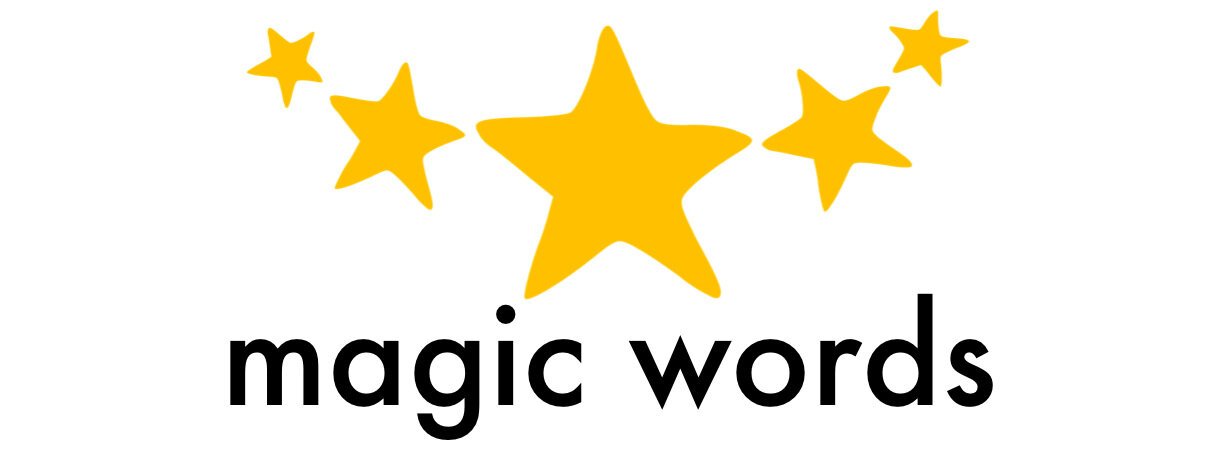Language for Behaviour and Emotions training
The course will be held online over 2 days via Zoom, upon booking you will be sent further details. 09:30AM - 16:30PM EACH DAY.
How does LFBE work?
Every child and young person is different and they will have different strengths and needs as regards their language and emotional skills, so assessment is required to know where to start LFBE. There are some short assessments which are necessary for all using the programme. There are also more in-depth assessments which can used as required. Many children and young people will need a detailed assessment by a speech and language therapist and the LFBE assessments can form part of that. The assessments can also provide a baseline and be part of a dynamic assessment.
The assessment will provide a profile of each child and young person’s strengths and needs. LFBE comes with a whole set of resources in the toolbox which can be used flexibly to develop the target skills.
The key skills addressed by LFBEin both the assessment and intervention are:
Understanding language
Emotional literacy skills
Inferenceand verbal reasoning
Understanding and telling stories
Solving ‘people’ problems
It is designed as a small group intervention but can easily be used for individual work. The principle is that the intervention should be holistic, so useful strategies should also be used by all who know the child or young person across the day.
The resource is built around 60 social scenarios which are accompanied by clear colour illustrations. The scenario story is read to the young people and then all in the group (adults included) take turns to answer the graded questions which accompany each scenario. The questions start out with reporting key facts from the story but move eventually to high level reasoning.




